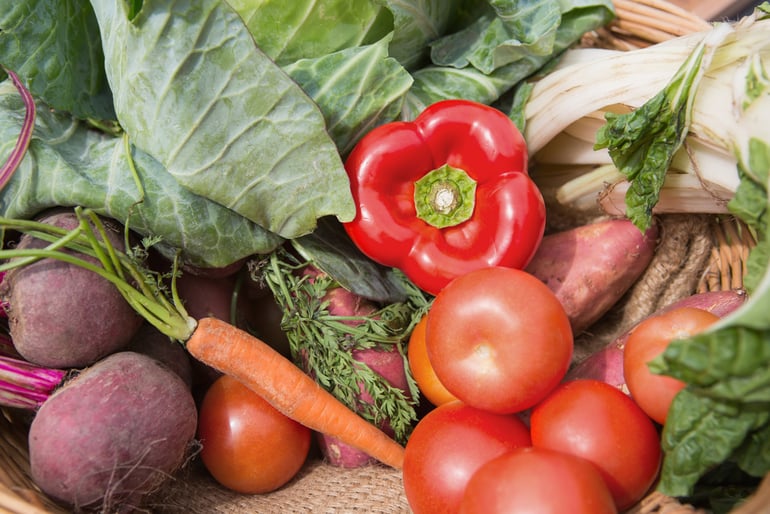How to meet customer expectations for freshness and shelf life?
Customers today are more knowledgeable and demanding than ever before. They want products taht are local, sustainable, and of high quality. This can challenge food distributors who must provide these products while maintaining low prices.
To meet these expectations, here are some recommendations:
1. Maintain a strict temperature-controlled environment
This is critical to ensuring the quality of your products. Ensure your facility is adequately equipped and your staff is trained in food safety procedures.
2. Work with trusted suppliers
Partner with suppliers who share your commitment to quality and customer satisfaction. Conduct regular audits of their facilities and processes to ensure they meet your standards.
3. Plan for delays and disruptions
Build flexiblity into your distribution network so you can quickly adapt to changes in customer demand or the supply chain. Establish relationships with multiple suppliers and distributors, so you have backup options if one source becomes unavailable.
4. Address the last-mile delivery challenge
The last mile of delivery is often cited as the most challenging and costly part of the distribution process. This is because traditional delivery methods (e.g., truck or van) are not always well-suited for reaching customers in urban areas, where traffic and parking can be challenging.
To address this challenge, distributors are turning to alternative last-mile delivery methods, such as drones or bicycles. Others are partnering with local businesses, such as grocery stores, that can serve as mini-warehouses for inventory. By thinking outside the box when it comes to last-mile delivery, distributors can improve efficiency and reduce costs.
For more insights on the top food & beverage distribution challenges, download our ebook.

